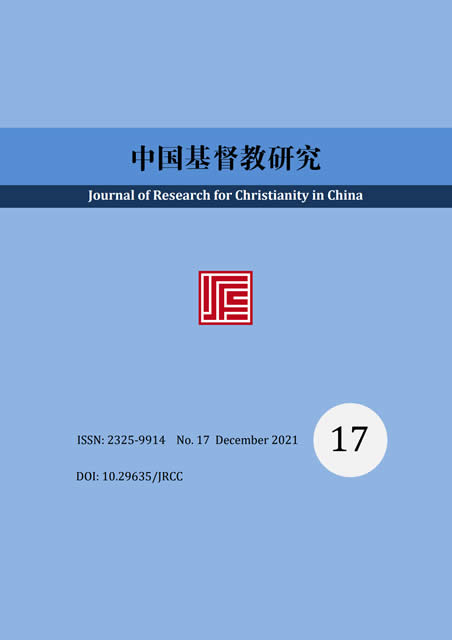Abstract
On the eve of the First Opium War, a new Chinese Bible was going to come out, later known as the "Medhurst's version", "Gützlaff's version", or "quartet's version". It is the very first cross-organizational collaboration of protestant missionaries, who are the so-called "second generation of Bible translators", to render the Holy Scriptures in favor of the local Chinese language rather than the original text. Certain revised editions of this version would thereafter become the sources of the Delegates' and Taiping Bible respectively whereby its influences in Chinese biblical translation extend. Despite such watershed role, thematic discussions have only occasionally been done, almost all of which scatter in intersections. Therefore, through an in-depth literature review, this article intends not only to outline the history and the extant text of the "second generation" of the protestant Chinese Bible that might shed light on further inquiry but also to offer some explanation for why it is usually out of focus in the study of the Chinese Bible.

This work is licensed under a Creative Commons Attribution-NonCommercial-NoDerivatives 4.0 International License.
Copyright (c) 2021 Journal of Research for Christianity in China (JRCC)
